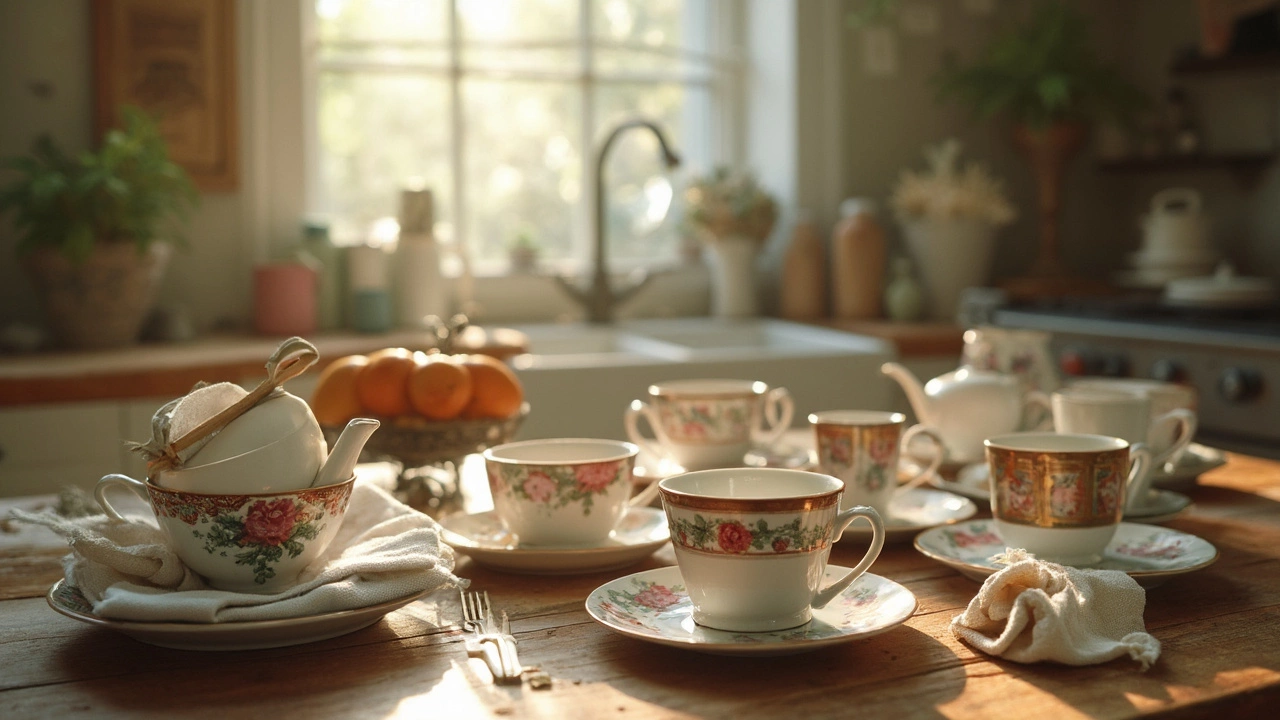Eco-Friendly Napkins: Your Simple Way to Greener Meals
Ever feel guilty about the pile of paper napkins after a dinner party? Switching to sustainable napkins can cut waste without sacrificing style. In this guide we’ll break down what makes a napkin eco‑friendly, how to choose the right ones for your home, and easy ways to keep them looking fresh.
What Makes a Napkin Eco‑Friendly?
The key is material. Look for napkins made from organic cotton, bamboo, linen, or recycled fibers. These plants need less water and fewer chemicals than conventional cotton. Bamboo grows fast and naturally resists microbes, so it stays fresh longer. Recycled fabrics turn old clothing or textiles into new napkins, giving waste a second life.
Another factor is production. Brands that use low‑energy factories or water‑saving dyes earn extra green points. Check product pages for certifications like GOTS (Global Organic Textile Standard) or OEKO‑Tex. Those stamps tell you the napkin meets strict environmental rules.
How to Pick the Right Napkins for Your Home
Think about how you use napkins. If you host big gatherings, a sturdy cotton‑linen blend works well – it handles spills and can be washed many times. For everyday meals, soft bamboo gives a luxurious feel and dries quickly.
Size matters too. Standard 12‑inch squares suit most plates, while larger 15‑inch pads look great on a formal table. Choose colors that match your kitchen décor; neutral tones blend easily, but a pop of colour can lift the mood.
Price isn’t the only signal of quality. A pack of 12 organic cotton napkins might cost a bit more than a bulk paper box, but you’ll save money in the long run because you’ll reuse them hundreds of times.
Care Tips to Keep Napkins Fresh
Treat reusable napkins like any other linen. Wash them in cold or warm water, not hot, to protect fibers. Use a mild, plant‑based detergent – harsh chemicals can strip the natural softness.
Avoid bleach unless the label says it’s safe. Instead, add a cup of white vinegar to the rinse cycle to brighten whites and kill odor‑causing bacteria. Hang‑dry when possible; the sun helps naturally disinfect.
If a stain sticks, pre‑treat with a bit of baking soda paste. Let it sit for 15 minutes, then wash as usual. Most organic fabrics handle this without losing colour.
Where to Find Quality Eco‑Friendly Napkins
Start with specialty home stores that focus on sustainable living. Many online shops now have a dedicated “Eco‑Friendly Tableware” section where you can filter by material and certification.
Don’t overlook local markets or craft fairs. Small producers often sell hand‑stitched napkins made from locally sourced cotton or linen. Buying locally cuts transport emissions and supports community businesses.
When you spot a deal, read reviews. Real buyers will tell you if the napkins stay soft after many washes or if the colour fades quickly.
Switching to eco‑friendly napkins is a tiny habit that adds up. Less waste, lower carbon footprint, and a touch of elegance at the table – all for a modest extra effort. Grab a set, test the wash routine, and watch your dining experience become a little greener every day.
-

Understanding Kitchen Vocab: Cups, Napkins, and More
Have you ever wondered what to call those everyday items in your kitchen like cups and napkins? In this article, we explore the world of kitchenware, unveiling the names and purposes of items we often take for granted. From the history of the humble cup to the best materials for napkins, get ready to dive into practical tips for choosing the right kitchen essentials. This guide aims to make your kitchen life simpler and more organized.
